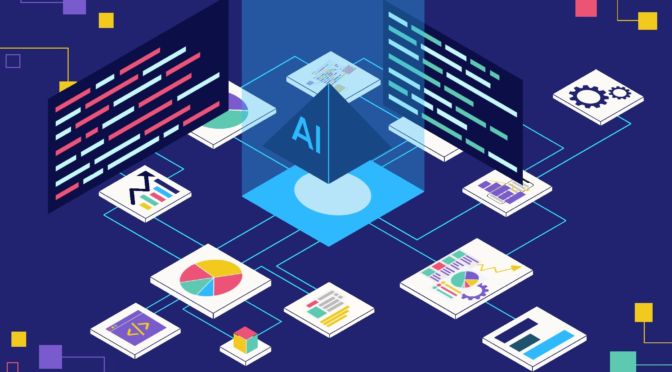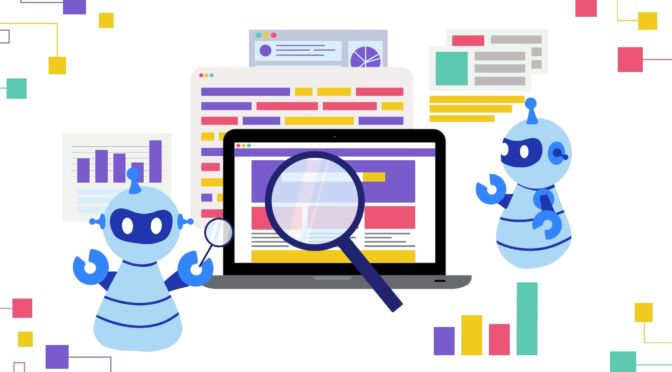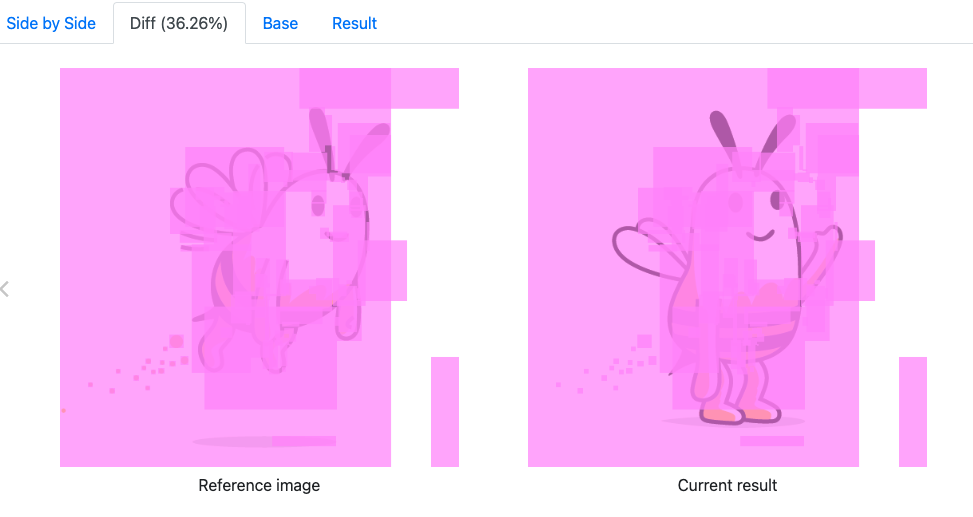Notions, Facts and Figures
It has been said time and again that emerging, disruptive technologies like Artificial Intelligence and Machine Learning would flood the tech industry and somehow or somewhat erode the job market, etc, etc.
Even though it is true that Artificial Intelligence has made a big entrance in the industry and is playing an important role in the show, and without pretending to pass by the ethical and social implications which it presupposes (that is, governing, policying and regulating it), none of those predictions have so far come to fruition.
David Autor, an economist at the Massachusetts Institute of Technology was quoted in one very interesting article from 2016 published on The Economist, stating the following:
«(…)in the past technology has always ended up creating more jobs than it destroys. That is because of the way automation works in practice. Automating a particular task, so that it can be done more quickly or cheaply, increases the demand for human workers to do the other tasks around it that have not been automated.»
By utilizing natural language processing (NLP) and innovative technologies like Generative Artificial Intelligence, knowledge graphs, and composite Artificial Intelligence, corporations are progressively employing Artificial Intelligence solutions to develop novel products, enhance existing products, and extend their consumer base.
Two studies from Gartner, Inc., one from 2019, stated that organizations that decided to implement Artificial Intelligence grew from 4% to 14% between 2018 and 2019, while the other study, from 2021, ventured to make some interesting projections for the year 2025:
- 70% of organizations would have operationalized Artificial Intelligence architectures, given how fast enterprises have been gaining insight into how to organize and control Artificial Intelligence.
- Generative Artificial Intelligence techniques will systematically discover more than 30% of new drugs and materials.
- 70% of companies will have to shift their attention from large to wide and diverse data sets (Big vs. Small data). This approach giving more context for analytics while making Artificial Intelligence less data-intensive.
It follows from these projections that there is a significant amount of hopes put into Artificial Intelligence. A graph chart extracted from the same Gartner, Inc. 2021 study expands some more on that:

All this should be enough to remind us the potential challenges that Artificial Intelligence poses to society in general, and the tech industry in particular. But when we talk about the tech industry, that is, the Information Technology industry, there are however some niches in which we can safely affirm that Artificial Intelligence is an indisputable winner. Automated testing of computer software is definitely one of those niches.
The Ideal Blend
If programming a machine or a software application to become an autonomous agent is indeed to create an Artificial Intelligence, then by definition it is a kind of automation. It is another level of automation.
What then would not be the possibilities of automating automation? It may sound silly or redundant, or quirky. Or, it could all sound a lot like exponentiation, much like a modern electric bicycle if we think about the old Steve Jobs’ Bicycle for the Mind analogy.

So there they are: two concepts –Test Automation and Artificial Intelligence– born from the cutting edge of technology, blended into one, at the service of the living, thinking human being.
And What is with Automating Automation?
Still to this day, coded or full-code automation testing frameworks coexist with low or no-code testing platforms.
There are excellent options in the market for coded solutions, be them proprietary software or open source software; each of them with their respective advantages and downsides. However, they all coincide in one key aspect: they require a programmer to design test cases, test suites and test plans, besides coding and setting up a whole test framework, and most important: performing test maintenance.
Hours and hours of precious time and valuable brain energy are invested (to not say wasted) day by day in such a set of repetitive, intellectually unprofitable tasks. And this is precisely the matter.
In the same 2016 article from The Economist mentioned above, David Autor is quoted again saying:
«(…)Focusing only on what is lost misses a central economic mechanism by which automation affects the demand for labour: that it raises the value of the tasks that can be done only by humans.»
Now pay good attention to the graph below, because it is saying exactly that in some way.



